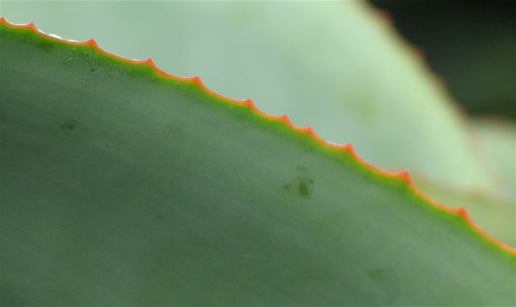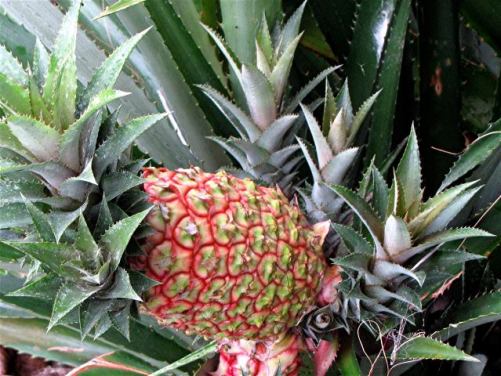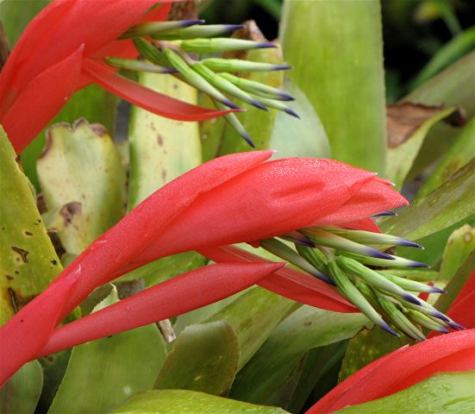Passing a garden full of cacti daily on his way to and from school in Christchurch was the beginning of a love affair with plants that “bite” that continues for Roger Allen to this day.
The owner of the garden, a Mr Garrick, invited Roger to have a look round his collection – it now forms part of the largest publicly owned collection of cacti and succulents in New Zealand and is held at Garrick House in Christchurch Botanic Gardens.

Aloe speciosa. Photo: Sandra Simpson
Roger had his own cacti collection while dairy farming in Matamata, but sold the plants after finding the Waikato climate too damp for them.
He and wife Judy then moved to Whakamarama near Tauranga in 1970 and began growing flowers commercially, shifting the operation to nearby Plummer’s Point 20 years ago.
“Judy has patches in the garden that I don’t interfere with,” Roger says, “and there are definite no-go areas for her. I think the interest in spiny plants is a bloke thing.”
Describing his collection as “wicked” and “vicious”, Roger is nonetheless enamoured.

A pineapple fruiting in Roger’s garden. Ananas comosus is a member of the bromeliad family. Photo: Sandra Simpson
“What struck me at the beginning with the cacti was their beautiful flowers,” he says. “And the pineapple, particularly when it first comes out, has a very attractive flower, like a thistle head, and the agaves and aloe are interesting in flower.”
His first interest was trees and he has Australian grass trees (Xanthorrhoea) and Dasylirion, grass trees from Mexico, Aloe angelica, Aloe speciosa (tilt-headed aloe), Aloe bainesii and Aloe alooides (grass-head aloe which has a trailing feathery flower), all of which begin as ground-hugging plants.

A winter-flowering aloe at full throttle. Photo: Sandra Simpson
The winter-flowering aloes and agaves can struggle with in periods of prolonged rain (not unusual in the Western Bay of Plenty), but many manage to flower, among them Aloe succotrina, Aloe thraskii and Roger’s favourite, Aloe fievettii.
“It has a magnificent flower,” he says. “It picks well and lasts in a vase for weeks.”

A Bilbergia bromeliad in flower. Photo: Sandra Simpson
Other prickly plants in Roger’s garden include Hechtia and Dyckia (related to one another), Bilbergia bromeliads, the silver-leafed Encephalartos horridus (described as one of the most unusual of the South African cycads), and Strelitzia juncea, which has flowers identical to the usual bird of paradise but with rush-like sharp-tipped leaves.
“There’s something very structural and pleasing about all these plants,” Roger says, “but they take no prisoners.”
This article was originally published in the Bay of Plenty Times and appears here with permission.
